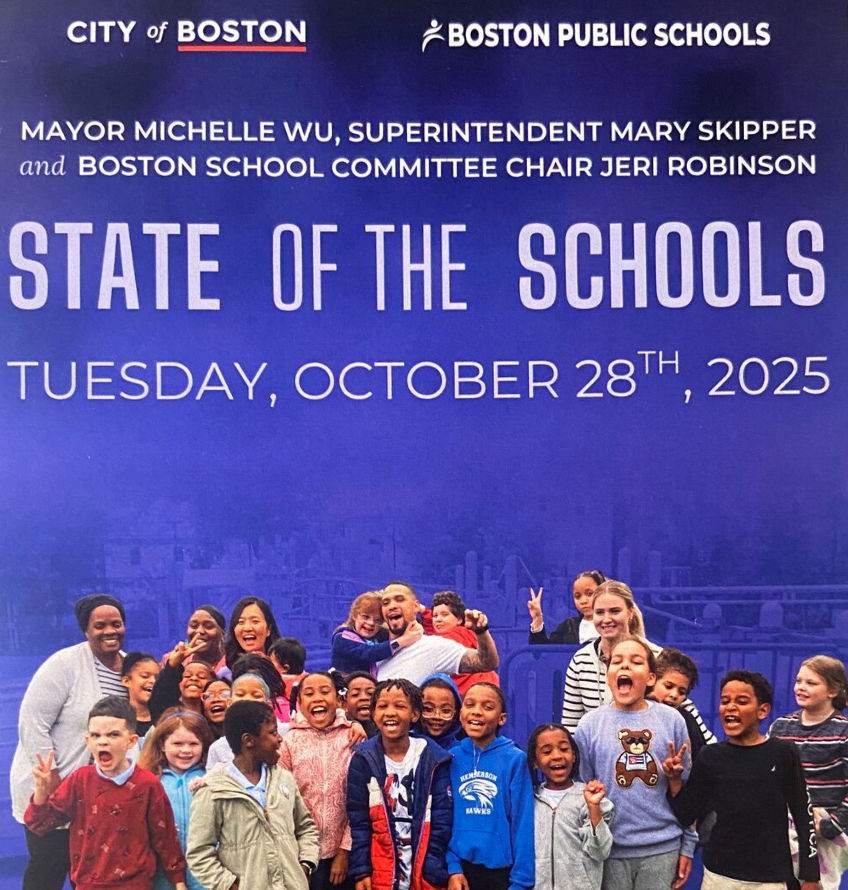Notes from a Semester of Museum Learning
- claudinayang
- Feb 13, 2023
- 3 min read
Updated: Feb 15, 2023

Learning immersions are one of the most exciting elements of WPS’s Community Innovation Partnership with Salem Public Schools. While a typical middle schooler might get to enjoy one or two field trips a year, the pilot’s flexible schedule allows our 8th graders to leave the classroom at least once a week. We’re fortunate to be located in the heart of Salem, MA, a rich environment for learning with multiple significant cultural institutions, including a world class museum, National Park Service sites, and an open-air urban art collection (not to mention all things witch-related.)
When WPS began our partnership with the district, we hypothesized that regular learning outside of school would support the district’s goals of growing students’ motivation and engagement, increasing their sense of relevance, building belonging, and helping them see their community in a new light. Our goal is to make these learning immersions rigorous and standards-aligned - and still fun! The resources created by expert museum educators at individual institutions have been a useful aid. Dozens of learning immersions later, we’re also developing our own list of best practices for more engaging and meaningful museum field trips. Here are a few tips and links to favorite resources we’ve discovered along the way.
Incorporate choice and voice
The virtual exhibits hosted on many museum’s websites make it easy for students to preview exhibits, select galleries, artworks or objects of particular interest, and then design their own learning experience within the museum. For a recent learning immersion at Salem’s Peabody Essex Museum, we gave students a link to a virtual tour of the Fashion and Design Gallery, a selection of visible thinking routines from Harvard’ Project Zero, and a challenge: to select an object for deeper study and pair it with a thinking routine that would help students to observe, analyze and engage more deeply during their in-person gallery visit. When students have choice in what they see and how they engage with it, they often demonstrate more focus, enjoyment and connection to the learning experience.
Bring your clipboards

One of the biggest hurdles in acculturating our 8th graders to regular field learning has been reinforcing the expectation of active engagement, versus passive wandering through a gallery or exhibit. Since field learning happens away from desks and backpacks, clipboards are a practical tool. Equally importantly, a clipboard signals to students that they have a job to do, and it holds everything students need to do that job, whether that’s sketching an object they see, completing a scavenger hunt, or taking notes on a graphic organizer. We love this project from High Tech High, where 8th graders created poems to decorate the personal clipboards they would then use throughout the year.
Find interactive moments
We all know that hands-on experiences are critical for young learners. Over and over this year, we’ve noticed that our 13- and 14-year olds, too, gravitate to interactive, touchable elements of museum exhibits. Whether they’re playing traditional Chinese games at the Peabody Essex Museum or learning to tie knots at Salem’s Real Pirates Museum, students’ engagement peaks when their hands are busy. Now, when we preview exhibits for future learning immersions, we always look for hands-on elements. Even when those exhibits are designed with younger learners in mind, we can always find a way to build on them and enhance the cognitive work students are asked to do. To deepen the learning, we often incorporate reflection on those hands-on experiences into the written work we ask students to produce.
The most exciting thing in the museum might be… the other students
Anyone who works with adolescents knows that they’re highly attuned to their peers. Our most successful learning immersions have been designed to leverage peer interaction for purposeful learning.

As our students have become more comfortable with museum visits, they’ve taken responsibility for designing and leading mini-tours for a partner or small group of peers. Strategies like Text to Text, Text to Self, Text to World (or, in the case of museum learning, Art to Art, Art to Self, Art to World) are a powerful spark for conversations because they invite students to connect with each other, as well as with artifacts in the museum.
What are your favorite ideas and strategies for museum learning? Please comment below!



Comments